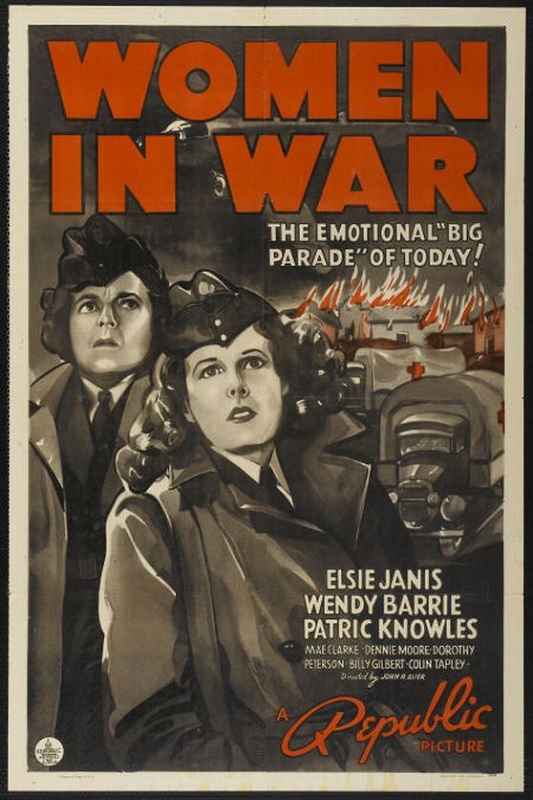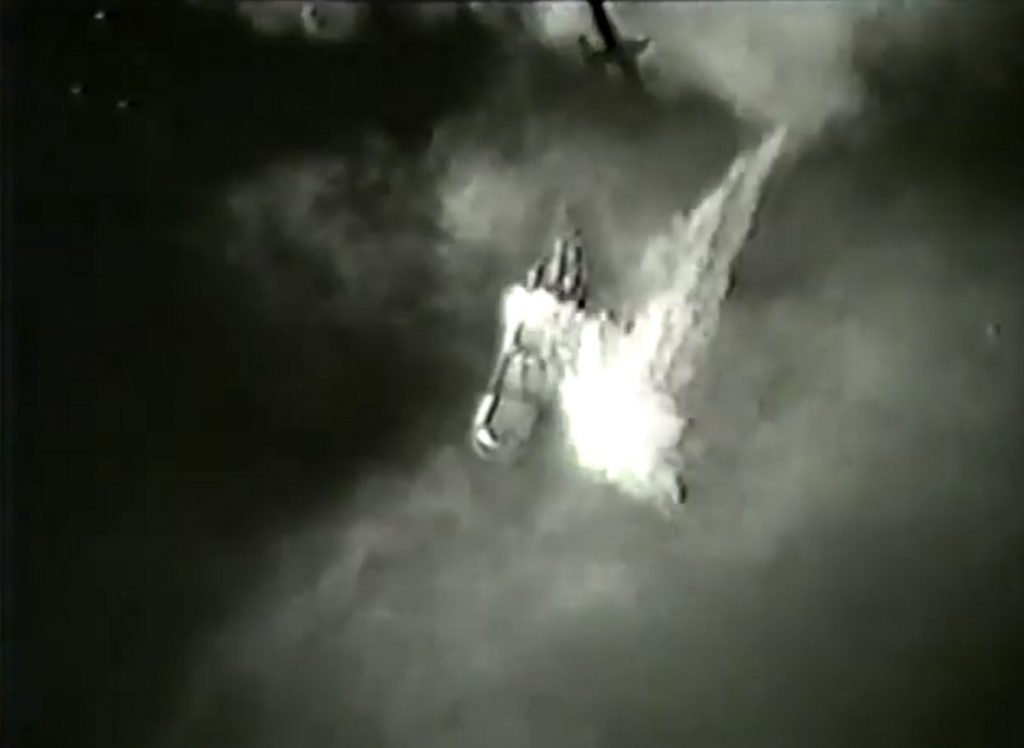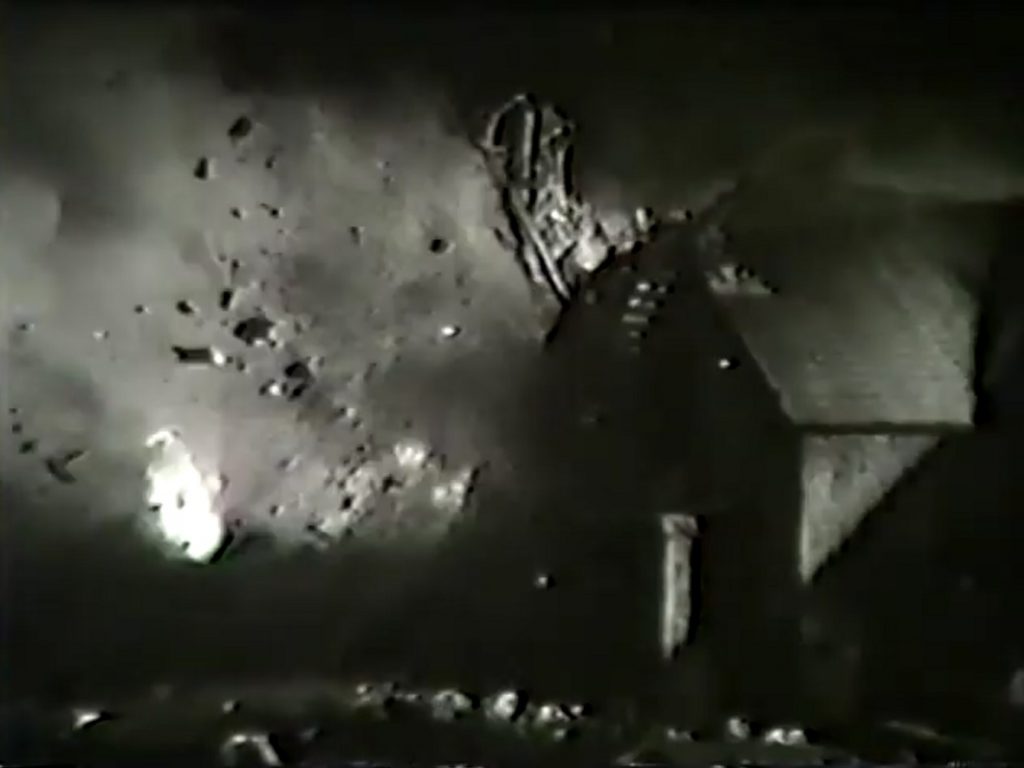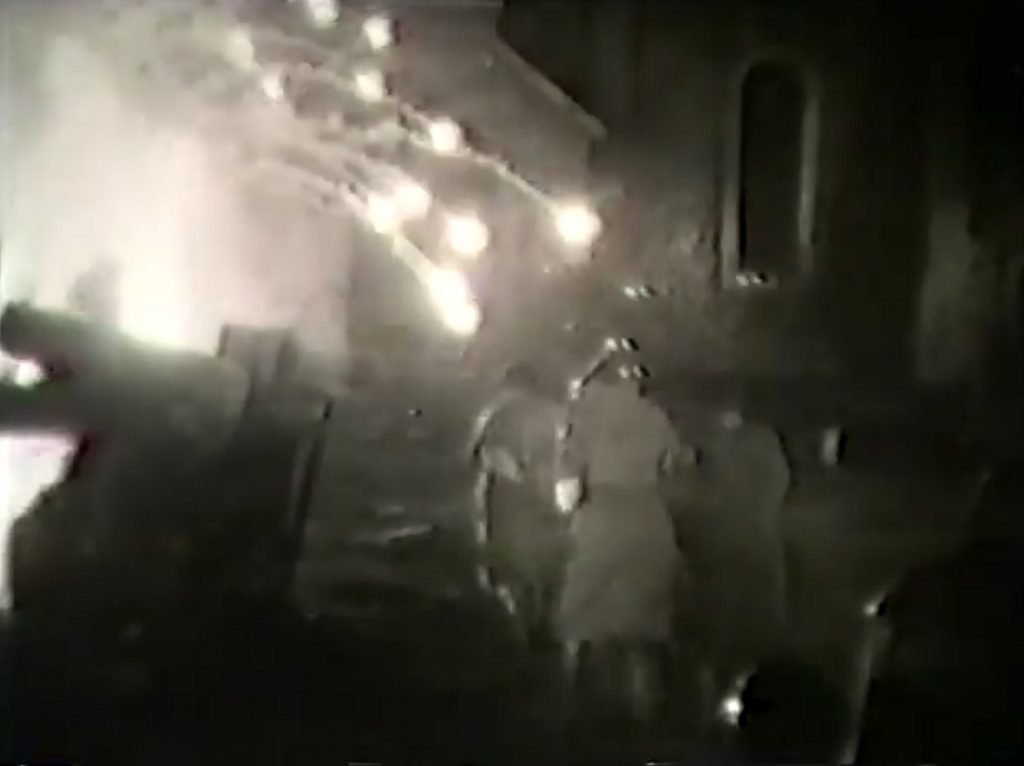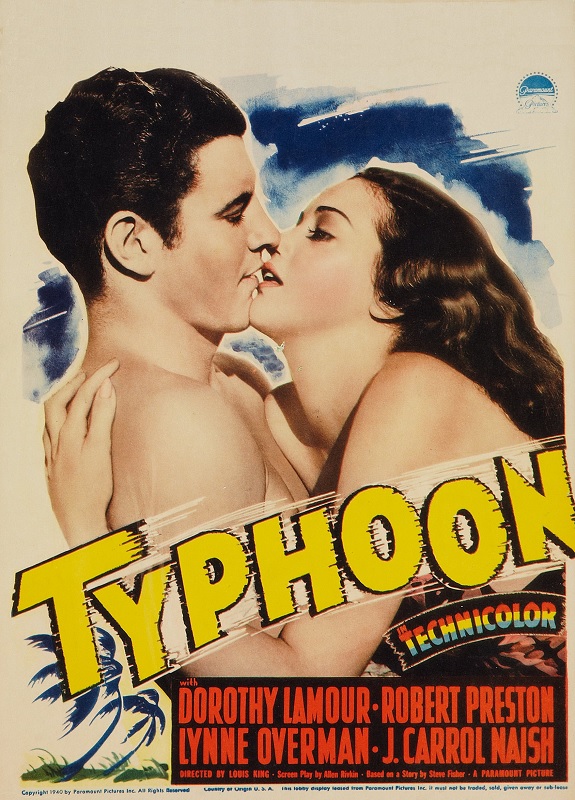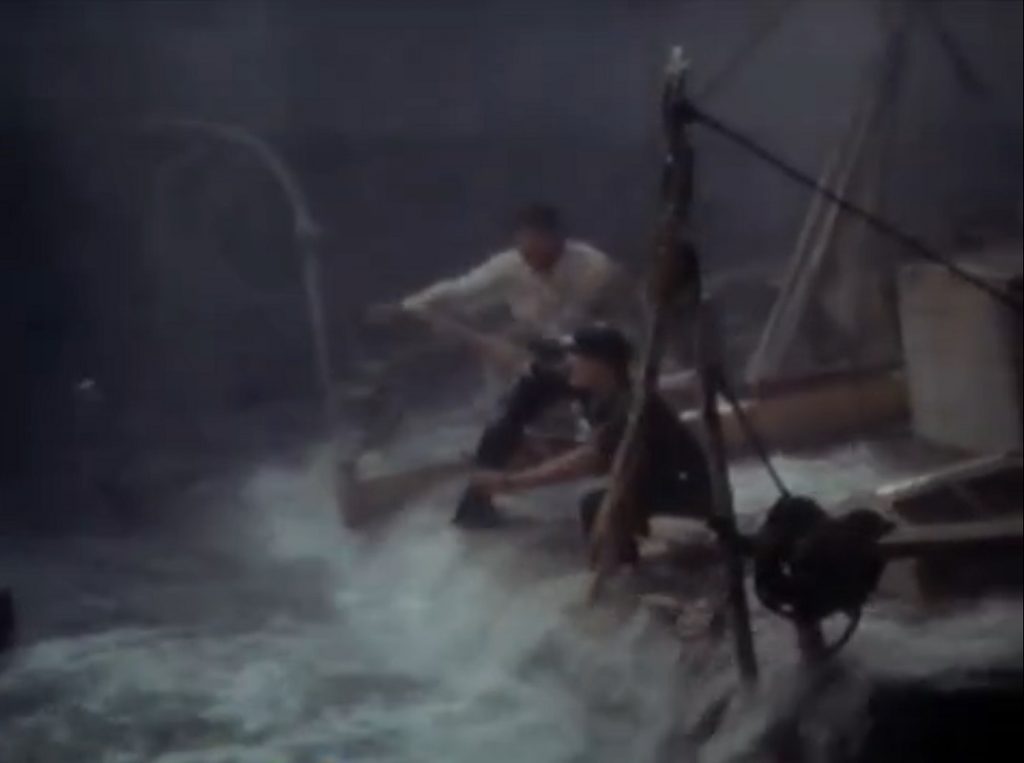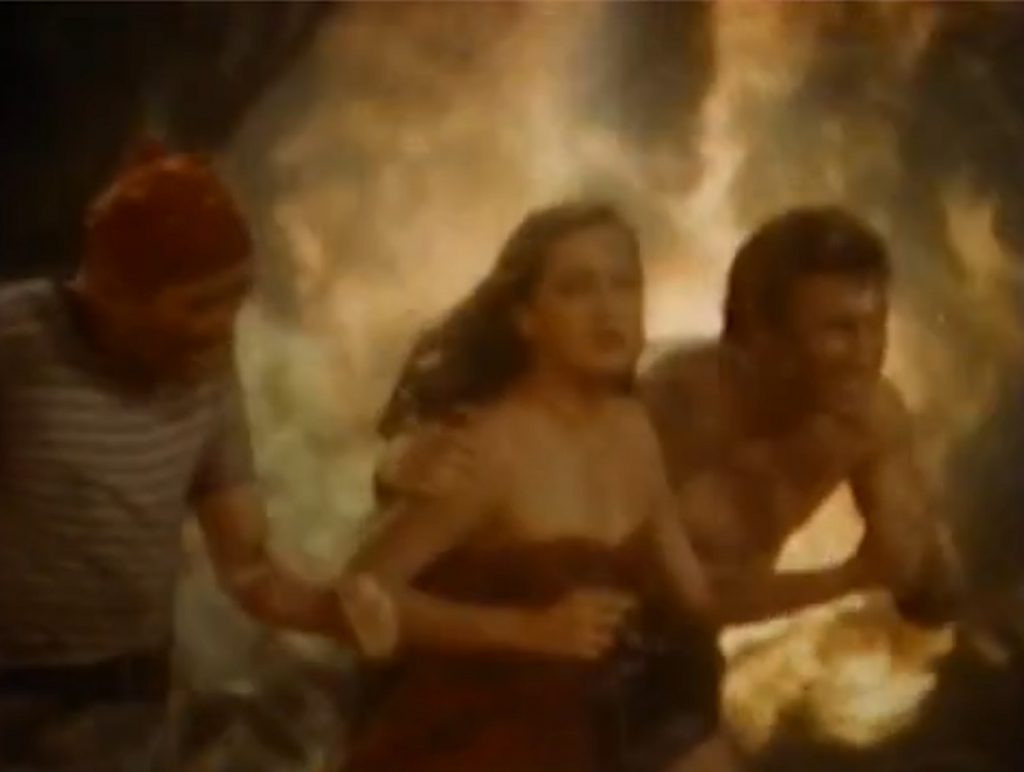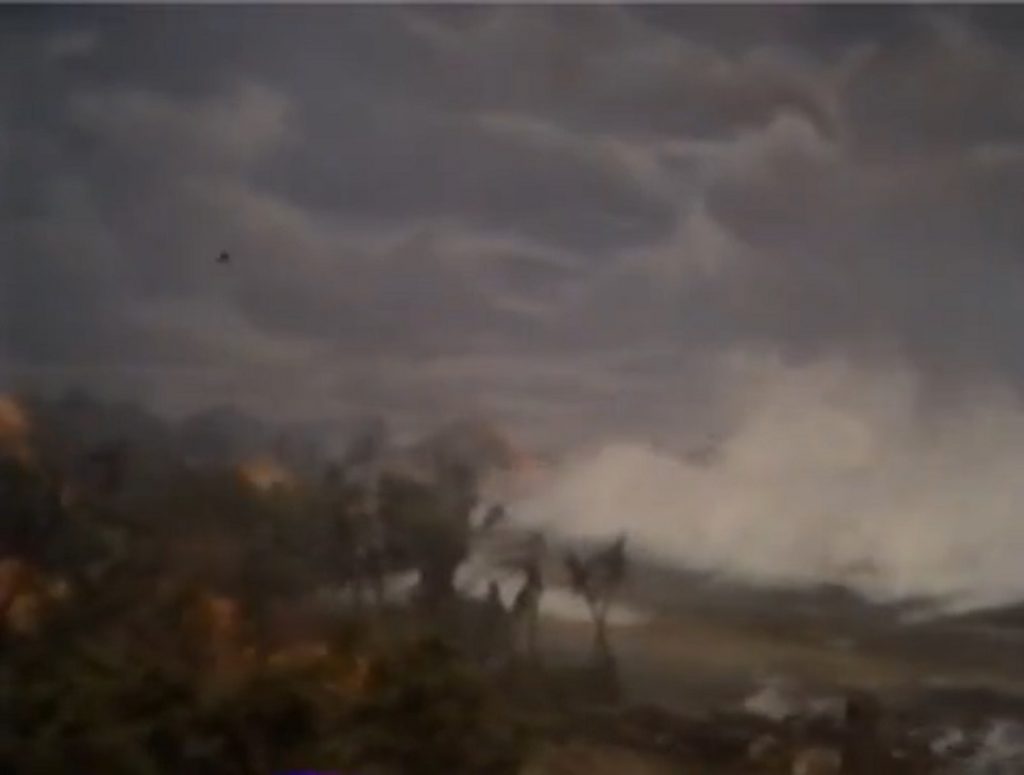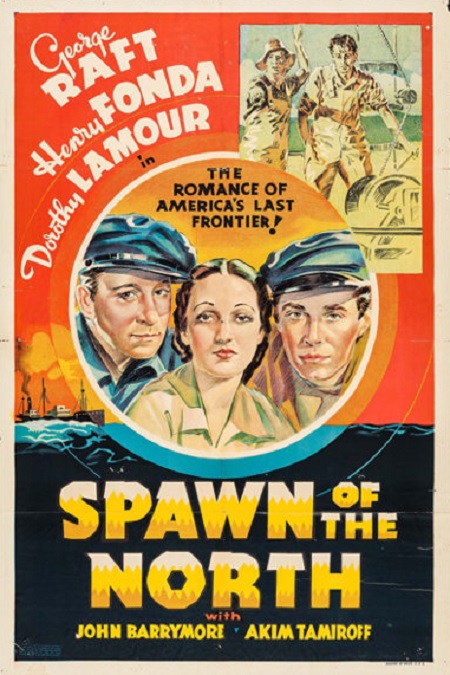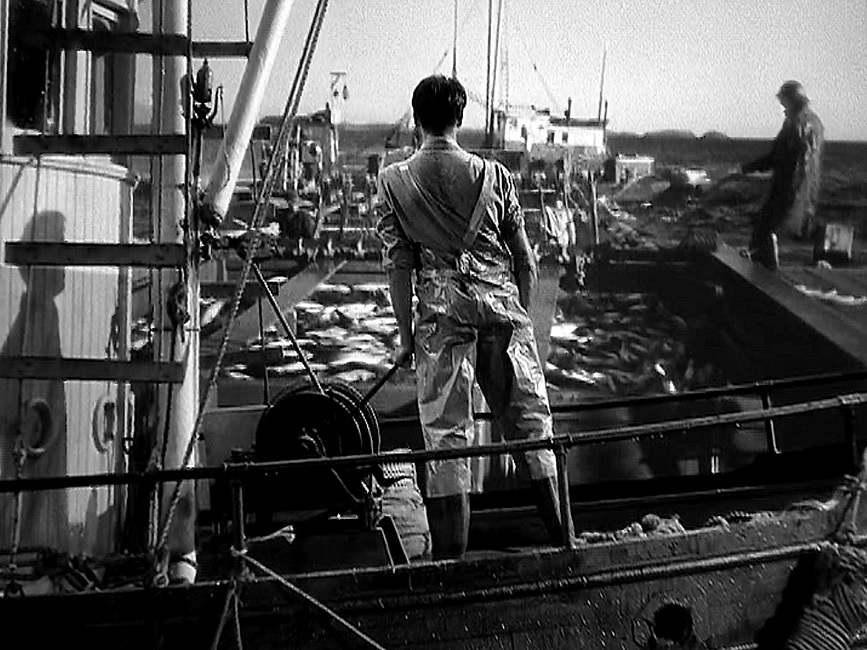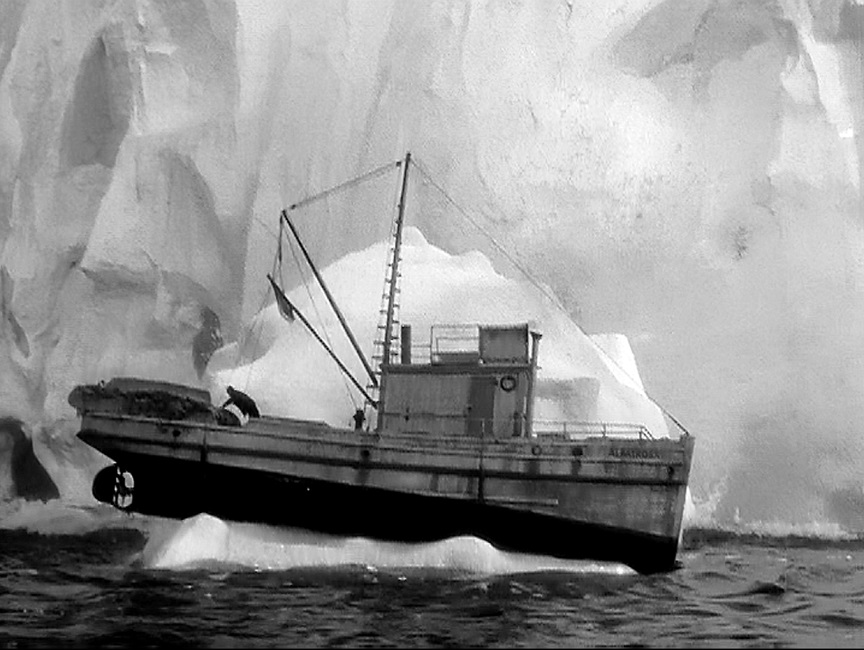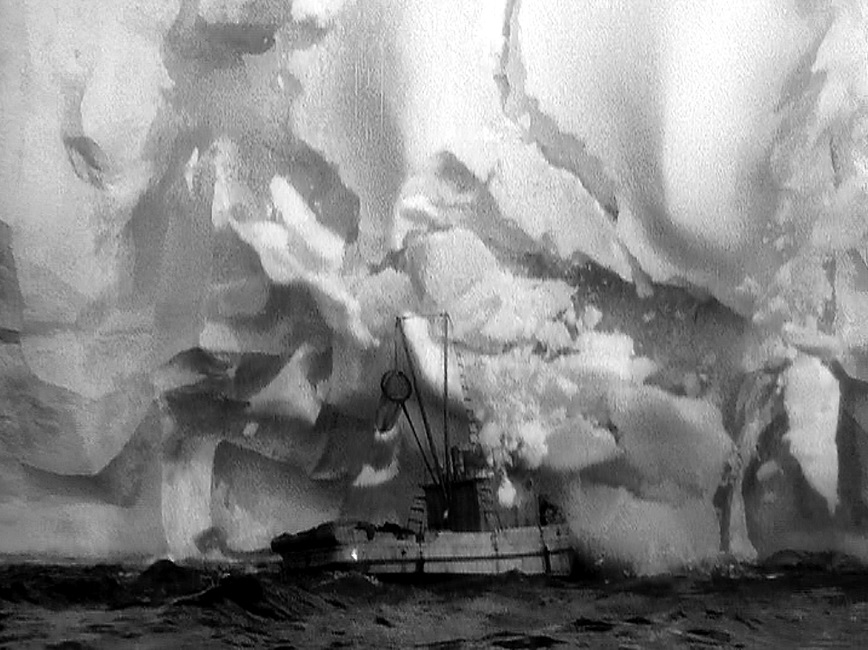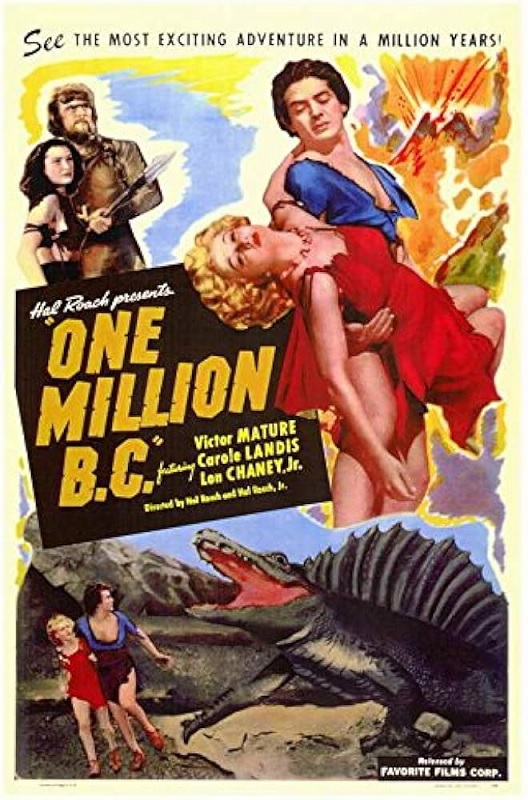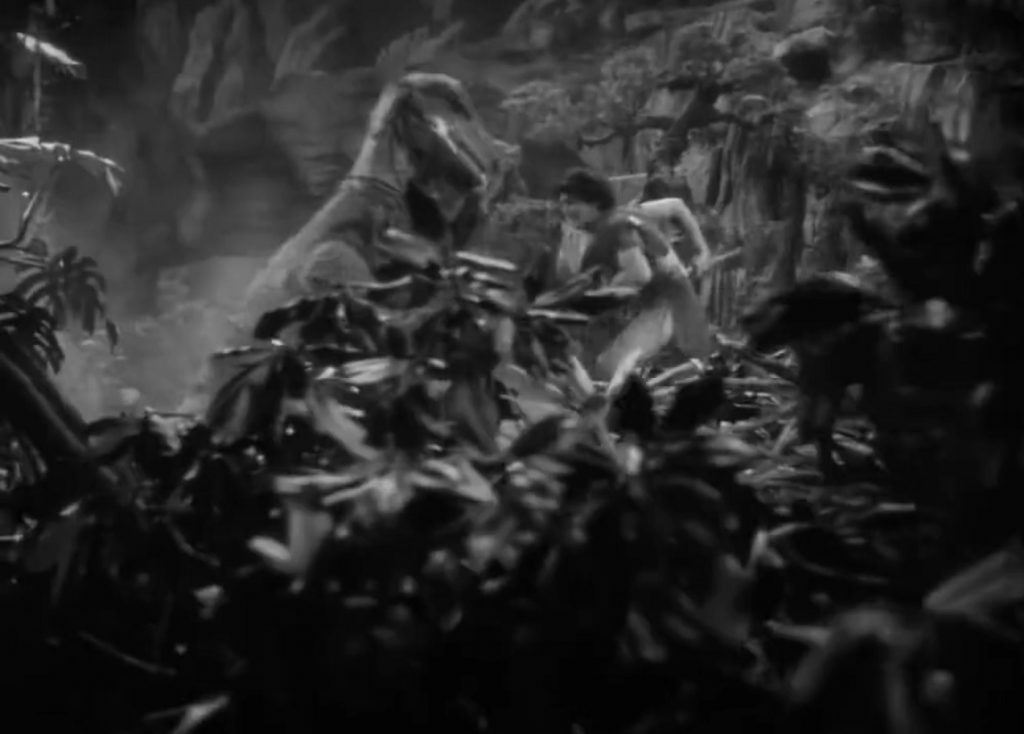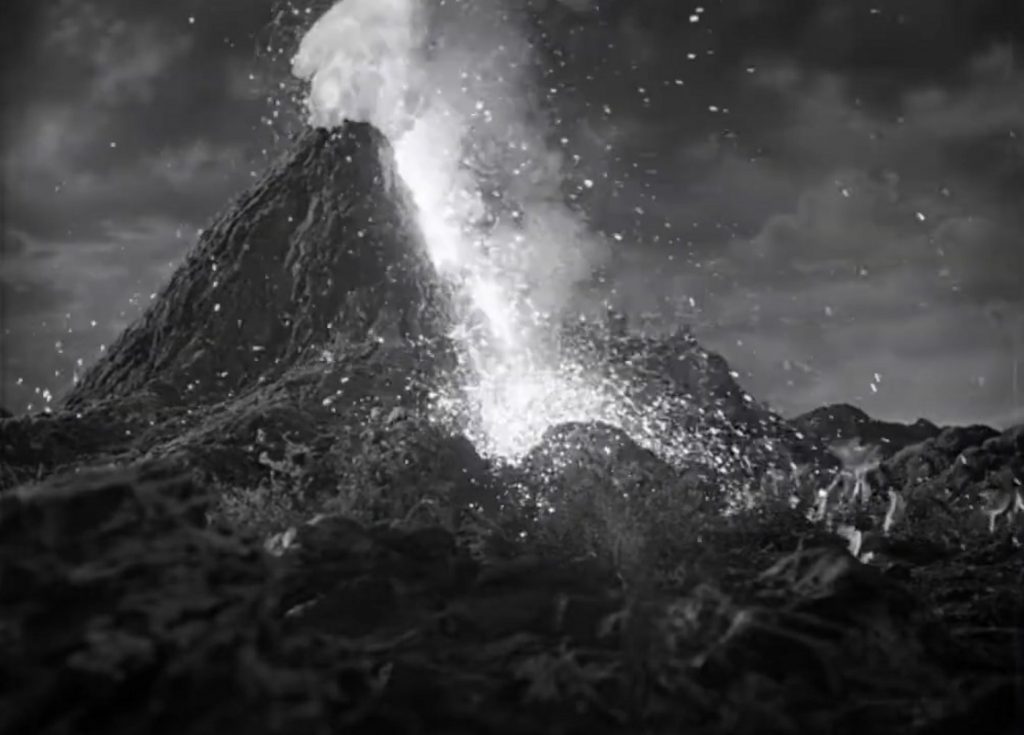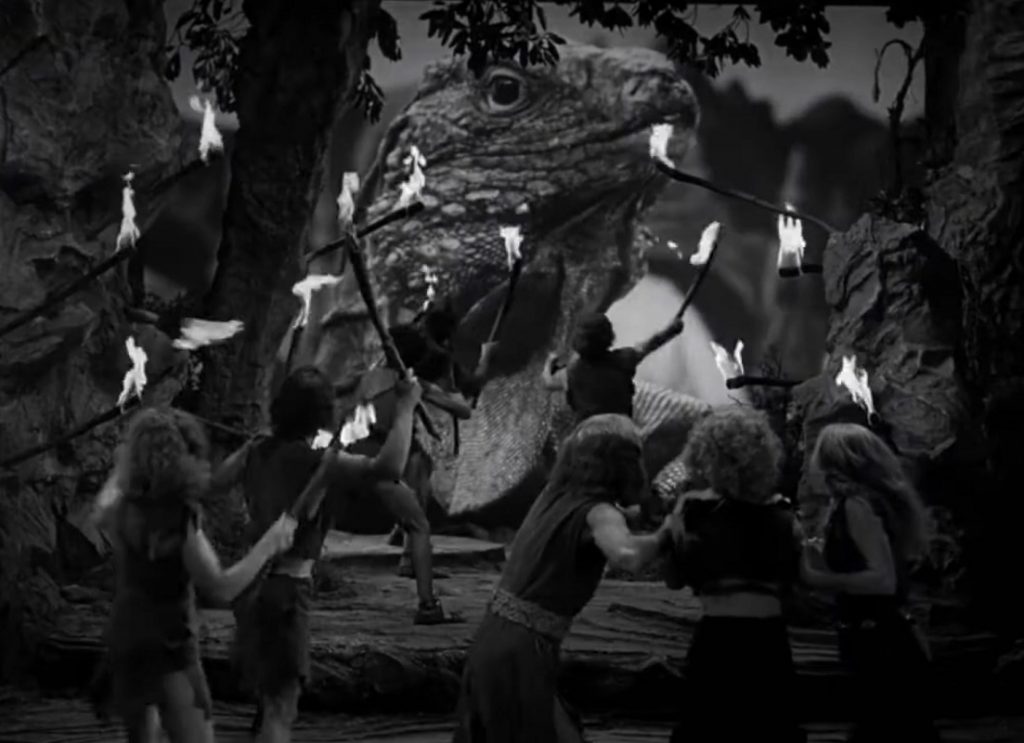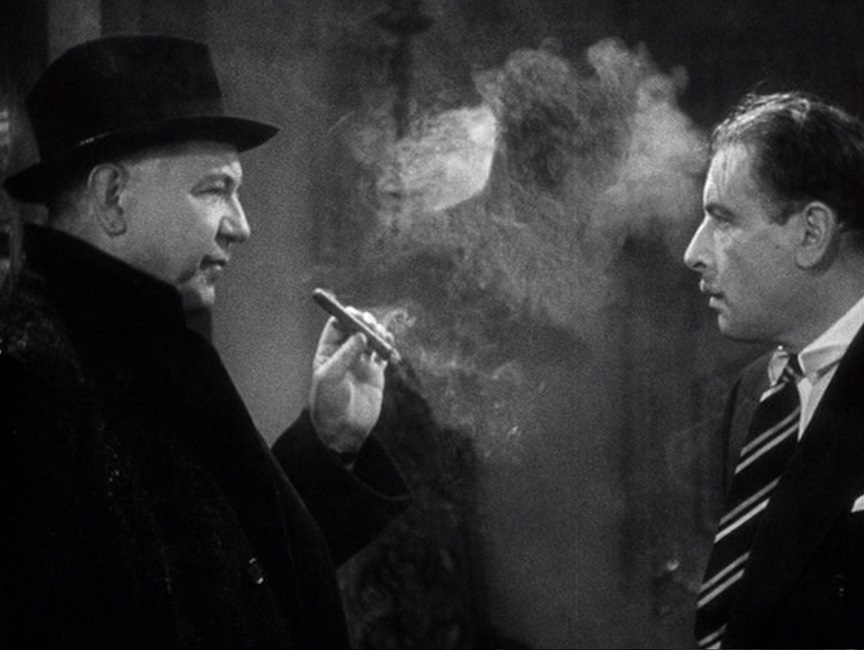



I Wanted Wings – 1941 (WINNER)

This was a war propaganda movie was the winner of the Best Visual Effects Award. It being the first movie from that year I have watched, I’m not able to say whether or not the award was deserved, or if some other film got robbed. What I can say is that the special effects in this movie relied heavily on stunts and stunt flying.
Now, I have to admit that when it came to that, the stunt pilots really knew what they were doing. They really performed some incredible low altitude flying, great dives, and they made it all look easy, even fun. There were a few airplane crashes that looked a little bit too much like miniature models on fields that looked like they belonged on a vintage train set in someone’s basement.
In fact, there was one scene in which a pilot has landed in a rough field full of trees and brush. He must turn his B-17 Bomber around in order to have enough room in which to lift off. Unfortunately, when the tail hits a small tree, it just pops out of the ground as if it had no roots.
But that’s not to say that there weren’t some great effects. There were some wonderful composited shots that were masterfully constructed and very impressive. The first one that comes to mind was the crash in which the airplane catches on fire. The great effect was that one of the actors appeared to rush into the burning wreckage and pull the unconscious pilot out of the cockpit. I’m sure they wouldn’t really have the stunt man run into a blazing fire, but the image was put together so seamlessly, it looked completely real.
And there was a little effect that was mildly comedic, and had me chuckling. As an instructor is trying to teach a cadet how to perform a slow roll, in which the plane goes up-side-down, the goofy trainee has neglected to fasten his safety belt. And of course they are flying with the plane’s canopy open. The cadet tumbles out of the aircraft and has to deploy his parachute. It was pretty silly, but the effect was cute enough.
I’d also like to make mention of the film’s opening sequence. They showed a lot of Bombers flying in formation. They were clearly small models, but what I found impressive was the way they were moving through the clouds. In fact, the movie’s opening shot was of these airplanes emerging from a fluffy white cloud bank. It was a really cool shot! The whole sequence ended with the planes disappearing into another cloud. Very impressive!
Other than that, the movie was really character driven. It was about the training to which the United States Army Air Corps cadets were subjected, coupled with a pair of romantic sub-plots. The special effects weren’t the driving force of the narrative. As I said, the bulk of the award winning effects was made up of the aerial stunt piloting. And that, in itself was pretty spectacular. But were the stunts good enough to earn the film its effects award? I guess the Academy Voters thought so.









